Nostalgia on wheels
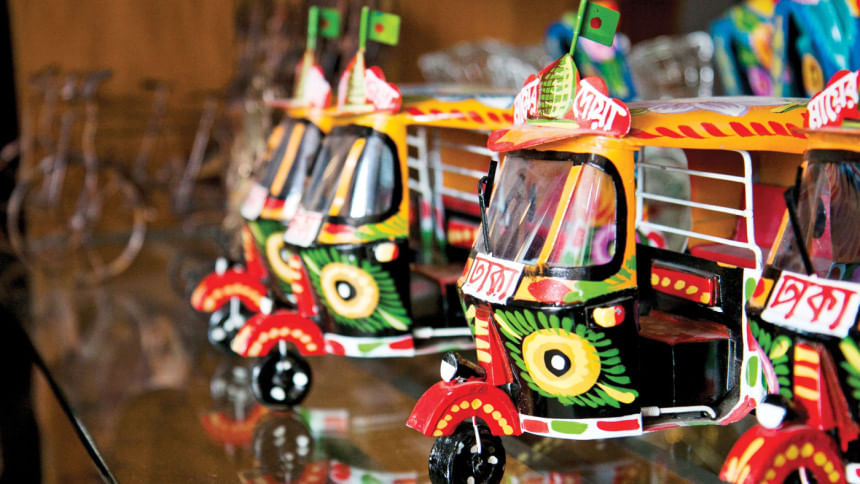
My first ride in a Murir Tin bus was when I visited my grandfather in Bheramara, Kushtia, in the late seventies. The mere mention of this old mode of public transportation caught my fancy. As a child, the explanation of being rattled like puffed rice in a bus almost the size of a Jolly Tin Box naturally excited me.
And yes, the thrills of that first ride were nothing less than a roller coaster. Unexpected road bumps, worn-out suspensions, engine vibrations, and the driver's favourite tactics of frequent acceleration and braking gave the Murir Tin bus its name.
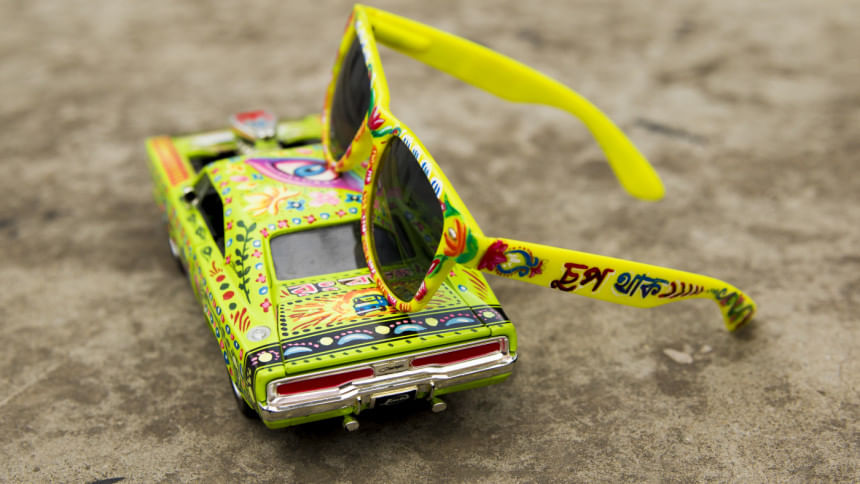
Jolted and tossed around, it was the jerky, vibrating sensation that made up the idea of enjoying such broken-down bus rides. There is another equally exhilarating ride called Chander Gari in the Chittagong Hill Tracts.
Dhaka streets also have these amusement rides in public transport packages; I don't have to go out of the city to enjoy being rattled.
There is no sarcasm. I do love the excitement and thrill of such rides. I had to take trips from Farmgate to Azampur, Uttara, so I know what I am talking about.
The toiling mass of Dhaka knows even better. If not in structural frames, but in thrills, Dhaka's public minibuses are like yesteryear's Murir Tins.
My second similar ride, if not the exact Murir Tin, but on a Dhaka local bus near the Bahadur Shah Park Panir Tanki on Old Dhaka's Johnson Road, was almost like a scary amusement ride.
I always park my car in the parking lot of Azad Cinema Hall, opposite the lower courts in Old Dhaka. I take a battery-rickshaw or hop on a minibus to manoeuvre better in those traffic-crammed, narrow lanes.
But thrills aside, it is the colour and décor that hold my attention. Ever since the early 1900s, art has adorned the bodies of trucks, buses and rickshaws in South Asian streets.
Today, when I see Dhaka in my imagination, these vibrant, over-the-top, kitsch rickshaw, baby taxi and truck colours come to mind.
Such art on old Bedford trucks and buses, from the British rule over South Asia to Dhaka's current battery-driven trishaws, has become the backdrop or canvas of our physical city.
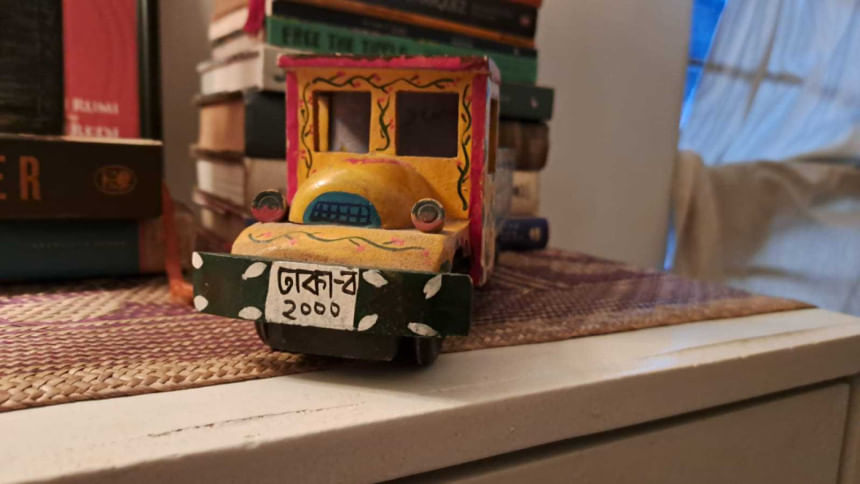
Urbanisation didn't erase these colours; instead, the palette's vibrant and exuberant hues in boisterous designs on the body of our public transport have seeped into our fashion, our festivals, and even our interiors.
The actual Bedford Murir Tin buses, since the early 1990s, no longer ply the streets of Dhaka. They were the first public transport. These buses had wooden plank benches, started with a crank, and used a rubber bulb horn for signalling.
The vehicles were mostly leftover army trucks from the post-World War II era, sold in auctions and retrofitted by local businessmen who purchased them. Their wooden structural frame was bound in tin, thus the simile of the bus resembling a tin container, and a crowd of passengers compared to puffed rice (muri) stuffed inside the tin.
As an ode to the iconic, clunky local buses and the recent jumpy rides in stressful traffic, Coke Studio Bangla's Season 2 song "Murir Tin" is a fun and high-energy tribute to the colours and thrills of Dhaka.
The term Murir Tin is now used as a symbol of dilapidated nostalgia, thrilling public rides, and the colours of the city.

 For all latest news, follow The Daily Star's Google News channel.
For all latest news, follow The Daily Star's Google News channel. 

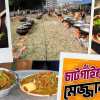





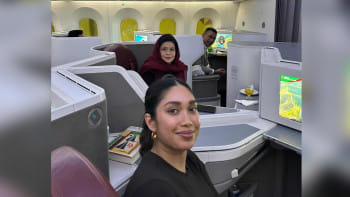
Comments